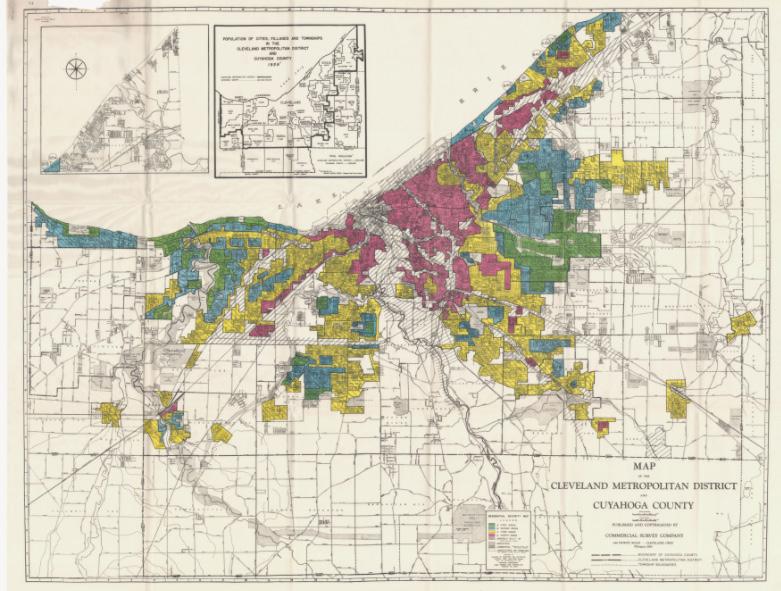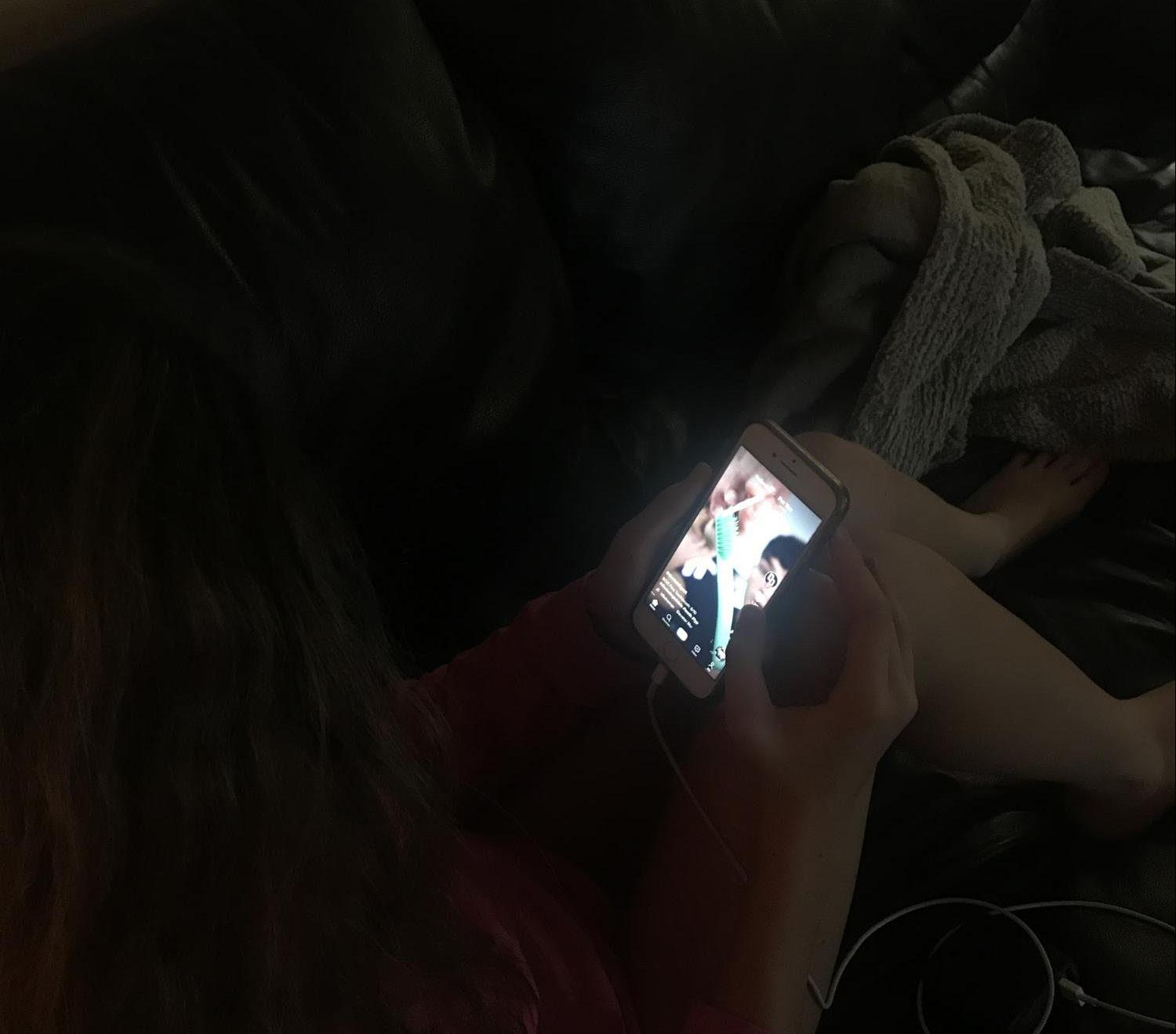OPINION: The Bottom Line of Redlining: Activists Call for Reform, not Abolishing Suburbs
C
By: Jaret Gold
leveland is a city of suburbs. Our own suburb, North Royalton, has a reputation for peaceful neighborhoods, clean streets, excellent schools and general lack of crime, which has made it a desirable location for families to live. However, if you listen to the news, it can seem like the suburbs are under attack. Many prominent Republican lawmakers have accused progressive activists of trying to “abolish the suburbs.” This might seem frightening to many in North Royalton and suburbs across the nation; I myself was concerned about whether the attacks had any merit. However, the allegations are highly misleading. Calls for “abolition” refer not to the suburbs themselves, but to undo the effects of racist redlining laws from decades ago. The suburbs are not under attack, but the problem of redlining is a real issue and must be addressed. In order to understand redlining, one must know a little about the history of suburbs. Suburban areas around cities really began to develop in the 1940s and ‘50s. Fueled by a rapidly growing population as war vets returned home to start families, as well as rampant consumerism that defined the era, people flocked in the millions from the crowded cities to the newly-developed countryside. Fifty years ago, North Royalton was still considered a country town. Today, it is a city with a growing population. This growth is evident here in Royalton: it was in 1956 when the high school was transferred to its current location and greatly expanded as the population of kids grew too large. However, the expansion of the suburbs was also 16
|
TH E ROYA L NEWS
The above map of Cuyahoga County from 1940 shows redlining in action. The red zones received the least amount of aid and home loans for buyers, while the blue zones received the most, through the now illegal practice. Predictably, the red area was mostly made up of majority African American neighborhoods. According to a study done by Case Western Reserve University, there is a strong correlation between poverty and levels of crime today with racist zoning from 80 years ago. The study found that the areas that received the least amount of aid are the same areas with the highest amount of poverty and violent crimes. Dr. According to Ronnie Dunn, a Cleveland State University professor, “If you were to graphically map and overlay those various socioeconomic indicators, they would pretty much parallel those areas where blacks were redlined and racially segregated.” (credit: Ohio State University Library)










